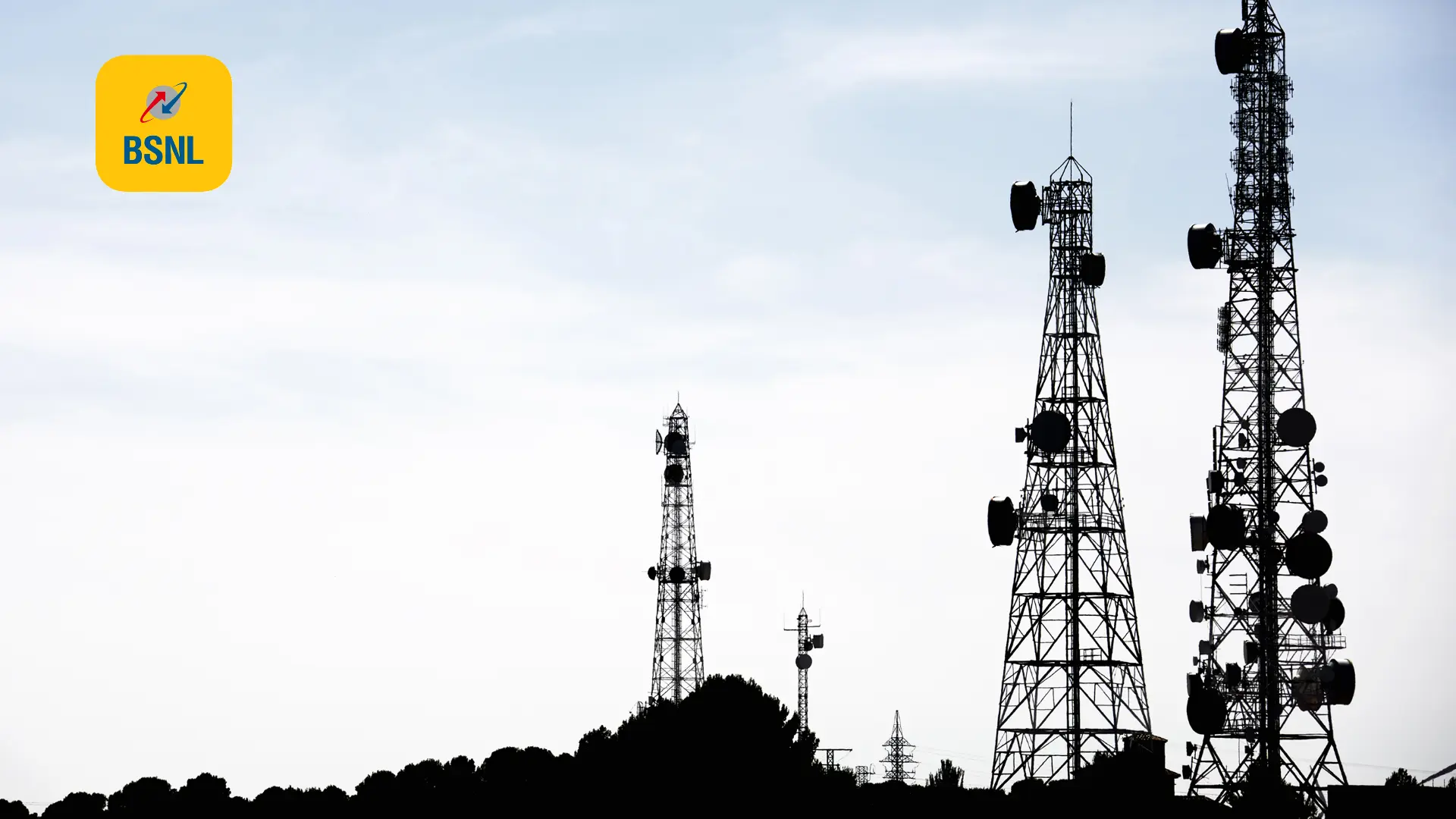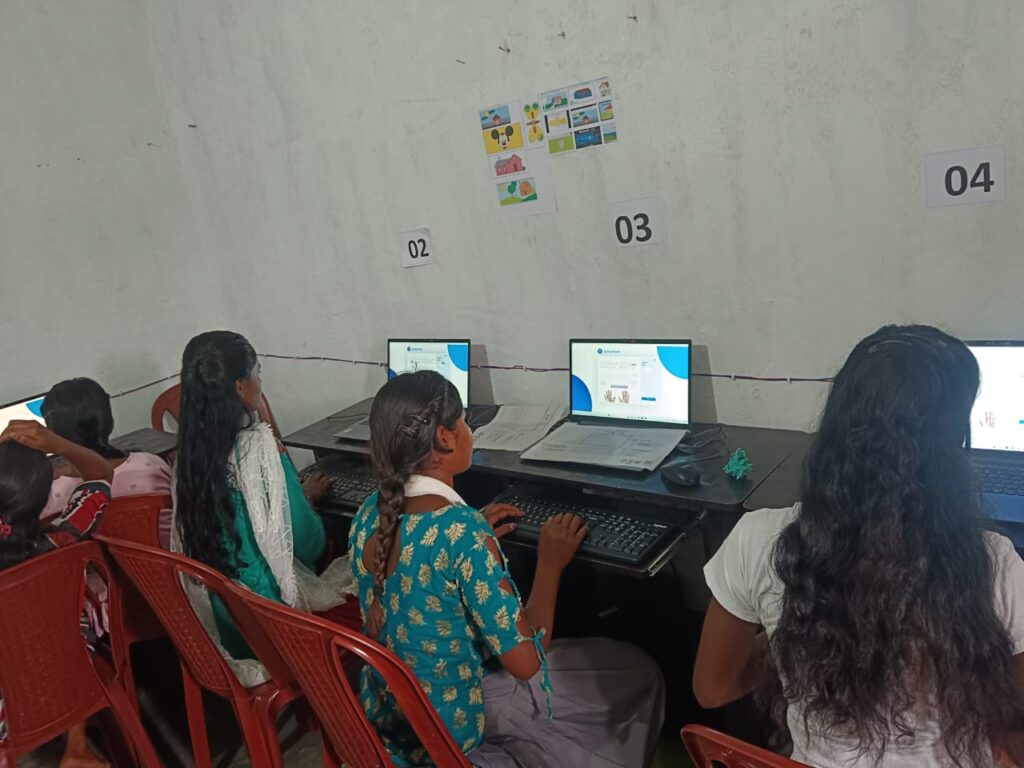Physical Address
W Sunrise St, Bisbee, Arizona 85603
Physical Address
W Sunrise St, Bisbee, Arizona 85603

In July 2024, Jagdishpura Village (located in Jaisalmer, Rajasthan) witnessed the installation of a much-anticipated BSNL tower under a scheme aimed at providing connectivity to over 100 border villages. While this initiative was part of a larger plan to enhance communication networks in remote areas, the reality on the ground paints a different picture.
Fast forward to October 2024, and the tower, which was meant to bring hope to this agricultural community, sits dark and inactive. The villagers of Jagdishpura, along with their neighbors in Sukh Nagar, have been left wondering what went wrong. According to local farmers, the tower stopped functioning due to alleged attempts to steal the solar panels that power it.
Speaking with one local farmer (who preferred to remain anonymous), it was revealed that a grievance had been filed on the PG Portal in July 2024 regarding the lack of connectivity. The complaint stated that the solar panels had been removed, leading to the non-functioning of the tower. In response, BSNL officials claimed that solar panel theft attempts were made, forcing the contractor to relocate the panels for safekeeping at the guard’s home.
The villagers were reassured that the construction of the towers was still underway and would be completed within two months. Here we are in late October 2024, and the situation remains unchanged, leaving the farmers without internet connectivity—essential for modern-day education, agriculture, and communication.
| Village Name | Tower Status | Expected Completion (July) | Current Status (October) |
|---|---|---|---|
| Jagdishpura | Solar panels removed | 2 months (promised) | Still incomplete |
| Sukh Nagar | Solar panels removed | 2 months (promised) | Still incomplete |
Initially, fingers were pointed at the local farmers, accusing them of attempting to steal the solar panels to use in their agricultural fields. However, the farmers vehemently denied these allegations, stating that they also stand to gain from improved connectivity. “Why would we steal the solar panels when we ourselves need better internet? We don’t even have the infrastructure to use them,” remarked one farmer.
Instead, the blame was shifted towards the contractor and BSNL engineers, with accusations that they had sold the solar panels for personal profit after the initial installation. The truth remains murky, and the tower stands silent, a symbol of what could have been a significant leap towards Digital India.
The situation in Jagdishpura is not an isolated case. It highlights a broader problem that plagues rural India: while grand visions of Digital India are shaped at the top, the implementation at ground level is riddled with corruption and mismanagement. Despite the country’s commitment to advancing telecommunications, as demonstrated by events like the India Mobile Congress and the International Telecommunication Union – WTSA held at Bharat Mandapam, the ground reality remains bleak.
Glimpses from the International Telecommunication Union – WTSA and India Mobile Congress held at Bharat Mandapam. pic.twitter.com/MVZOdxAmTQ
— Narendra Modi (@narendramodi) October 15, 2024
Top-level efforts are continuously sabotaged by low-level corruption, making it impossible for villages like Jagdishpura to access the very tools that would allow them to compete in a digital world.

Without access to the internet, the children of these farmers are left without the resources they need to progress. Education in rural areas has become increasingly dependent on online platforms, making it almost impossible for these children to keep up with their urban counterparts. The 10 km distance between Jagdishpura and Jawahar Nagar, where the nearest functioning tower is located, might as well be a world apart.
In a country where bureaucratic bottlenecks are notorious, the real solution lies in stricter accountability at the ground level. Corruption must be rooted out by strengthening transparency and ensuring that resources like solar panels aren’t lost in the web of “blame games” between farmers, contractors, and engineers. A digital infrastructure that genuinely benefits rural communities cannot succeed without the cooperation of all stakeholders.
With the dream of Digital India hanging in the balance, the question remains: Will the next generation of border villages like Jagdishpura be connected to the global digital highway, or will they continue to be left behind?
This unfortunate tale echoes across India’s rural landscape—while the country pushes for digital advancement at international events, the reality for those in remote villages is one of dashed hopes and broken promises.